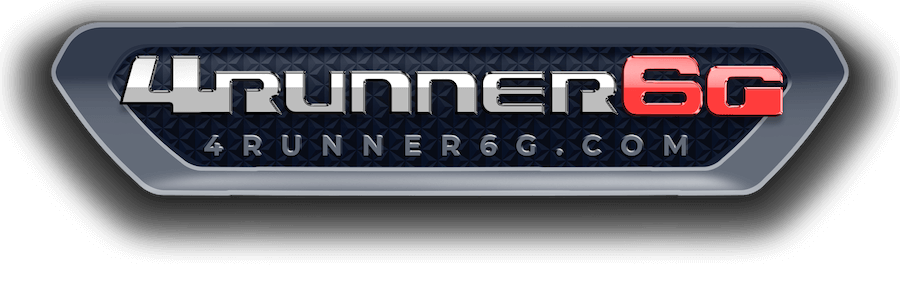- Thread starter
- #1
TLDW version (via AI summary)
- Both the 4Runner and Tacoma Trailhunters share a core platform and off-road DNA—especially in their use of the i-Force Max hybrid drivetrain (323 hp, 465 lb-ft of torque) and extensive off-road tech like:
- Crawl Control
- Locking rear differential
- Multi-Terrain Select
- Disconnectable front sway bar
- They also both use Old Man Emu (OME) dampers, which prioritize low-speed control and comfort for rock crawling and trail driving.
4Runner Trailhunter:
- Feels tighter and more composed off-road, thanks to a shorter wheelbase—leading to better maneuverability.
- Offers better rear seat space, making it more family-friendly.
- Includes more interior comfort features and has a slightly more premium feel inside.
- More refined on-road, with lighter steering at low speeds and a smoother overall ride.
- Has a higher cargo floor due to the hybrid battery, which could be a minor limitation when overlanding.
- Longer wheelbase gives it slightly more stability on flat, high-speed off-road surfaces.
- Offers 5ft and 6ft bed configurations, which increase its appeal for overlanding setups (e.g., rooftop tents).
- Less rear seat legroom, making it feel more cramped, especially for taller passengers.
- Comes with ARB recovery gear, a steel rear bumper, and optional ARB bed accessories, adding serious trail readiness.
- Better suited for those needing payload versatility and cargo-carrying capability.
- The 4Runner is positioned as the more agile and versatile of the two, particularly for tight trails, family trips, and mixed-use driving.
- The Tacoma Trailhunter, on the other hand, edges out in overlanding utility and rugged use cases due to its larger bed and higher payload.
- The reviewer sees the 4Runner Trailhunter as better for those who want a more comfortable, composed ride with family practicality.
- The Tacoma Trailhunter is viewed as the choice for hardcore off-roaders and overlanders who value gear-carrying capacity and trail durability.
Last edited:










